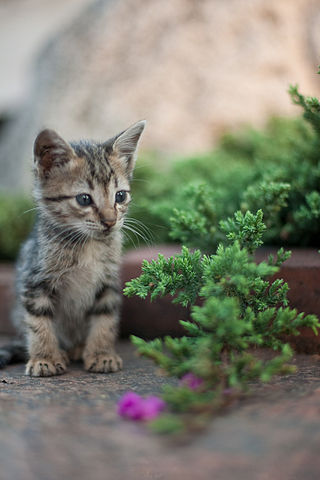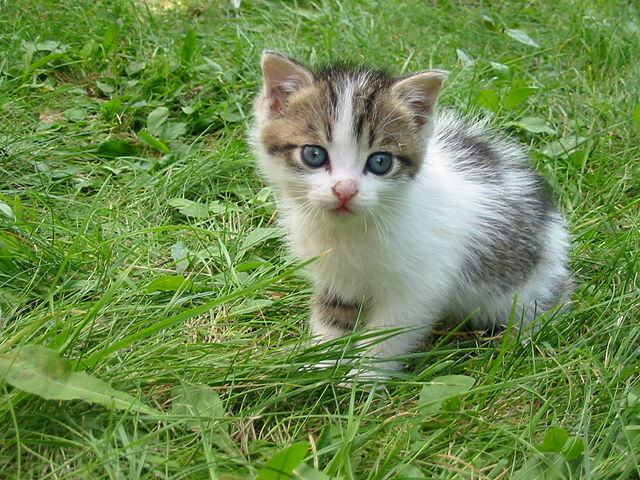Purrfect Focus

Here’s a trick: next time you find yourself unable to focus, come back to this email. Don’t read it, though — you only need to do that once, and really, you don’t even need to do that. (But you should read this anyway.) Instead, look at the picture of the kitten above. Or at the one below. Or both! It may help.

At least, that’s what a 2012 paper from Hiroshima University concluded.
That paper, available here, is by a team of researchers led by Dr. Hiroshi Nittono, a professor of cognitive psychophysiology at the university. Dr. Nittono and team gathered 48 people — 24 men and 24 women — to be their test subjects. Each of the students was given a series of three different tests. In one of the tests, an example of which can be seen below, the students were given a random matrix of digits. The students were then asked to count the instances of the bold digit within the matrix, without using their fingers to guide them. To use the top matrix below as an example, a student presented with that set would have to count the number of 8s in the matrix. (There are two.) In the second image, the student would be asked to count the 0s. (There are three.)

The researchers recorded the students’ success rate. Then, the students were shown an image — either a baby animal, a grown-up animal, or some sort of “pleasant food.” After viewing the image, each of the students was shown another matrix — also randomly generated — and again, the scores were recorded. Each group’s results were compared to their pre-viewing results. And as seen in the chart below, the students who looked at baby animals improved the most.

According to the Washington Post, the research team believed that the baby animals’ cuteness triggered a careful, deliberate attitude which carried over to the tasks: “one idea is that it has to do with how we talk to puppies and kittens, generally in a slower voice.” Further, per the study (as highlighted by the Post),”caring for babies (nurturance) not only involves tender treatments but also requires careful attention to the targets’ physical and mental states as well as vigilance against possible threats to the targets. If viewing cute things makes the viewer more attentive, the performance of a non-motor perceptual task would also be improved.” In other words, seeing cute animals may kick in an our parental instincts — we may end up caring more about whatever else we’re asked to do afterward.
So next time you can’t seem to get yourself to be productive, maybe watch some cat videos first. Just make sure they’re baby cats.
Bonus Fact: In 2012, the New York Times reported on an experimental project Google was undertaking — a simulated brain. The “brain” — an interconnected network of 16,000 computer processors — was instructed to peruse 10 million thumbnail images pulled from a wide range of YouTube videos. The first concept the artificial brain constructed? Cats. It was able to identify images of cats within the image set.
From the Archives: The Cat’s Cradle: The hotel that lets you rent a feline roommate for the night.
Related: A Kitten-a-Day Calendar. It’s a 2014 version but the cats don’t know the difference.
